
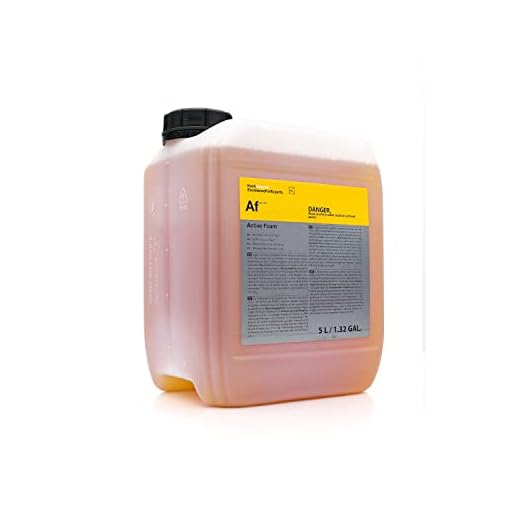
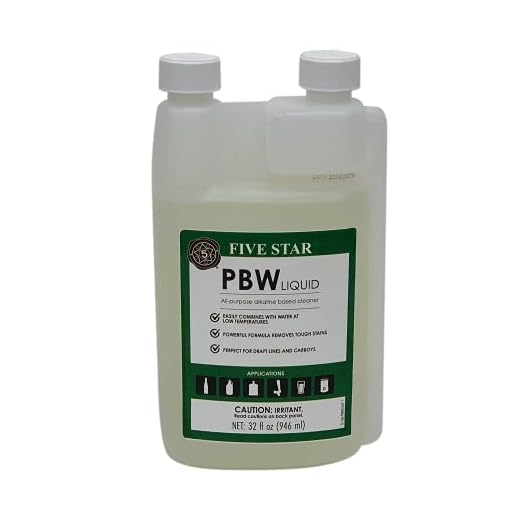

For optimal results, I recommend using a specially formulated cleaner designed for pressure appliances. Brands like Kärcher and Sun Joe offer concentrated solutions that effectively tackle oil, grease, and dirt. These products are engineered to work harmoniously with cleaning devices, enhancing performance while being gentle on surfaces.
Always opt for biodegradable formulas whenever possible. They not only provide effective cleaning power but also ensure minimal environmental impact. For stubborn stains, a degreaser can provide the needed boost, especially on driveways or patios. Just ensure it’s compatible with your equipment to avoid damage.
Another useful tip is to adjust the cleaner’s application rate based on the task at hand. Using the right amount can significantly improve cleaning efficiency and extend the life of your appliance. Remember to mix solutions following manufacturer instructions to achieve the best results.
Choosing the Right Cleaning Solution
Opt for a pH-neutral formula specifically designed for surface cleaning. Such products ensure compatibility with various materials, preventing damage while effectively removing dirt and grime. Brands like Karcher offer concentrated options that deliver excellent results without harmful chemicals.
Key Characteristics to Consider
Look for biodegradable solutions that are safe for the environment. These options not only clean effectively but also minimise ecological impact. Additionally, consider a formula that targets specific contaminants, such as grease or mildew, to enhance cleaning performance.
Usage Tips
Always refer to the manufacturer’s guidelines for dilution ratios. Mixing the cleaning agent too strong can lead to residue and potential damage. Invest in a foam cannon attachment, which will allow you to apply the solution evenly, ensuring comprehensive coverage across surfaces.
Test on a small, inconspicuous area first to ensure compatibility. This step prevents any adverse reactions with the surface you intend to clean. Consistent use of the appropriate cleaning solution will maintain the condition of the items being cleaned and prolong their lifespan.
Choosing the Right Type for Specific Surfaces
For delicate surfaces like wood decking, select a solution designed for timber. These formulations typically include surfactants that lift dirt without causing damage to the grain. Always dilute as per the manufacturer’s instructions to avoid excessive penetration that can lead to discolouration.
Concrete and Stone
For concrete driveways or stone patios, look for a strong cleaning agent with bleaching agents that can tackle stubborn stains. Alkaline-based products perform well, breaking down oil and grease effectively. Rinse thoroughly to ensure no residue remains, as this can lead to dull surfaces.
Vehicle Exteriors
A gentle solution specially made for automotive surfaces helps prevent streaks and scratches. These products usually incorporate waxes or polymers that boost shine while being safe for paints and finishes. Always test on a small area first to confirm compatibility.
Understanding pH Levels and Their Impact on Cleaning
For optimal results, I recommend selecting products with pH levels tailored to specific cleaning tasks. A balanced pH cleaner, typically around 7, works best on general surfaces, while alkaline solutions (pH 8-12) are suitable for grease removal. Acidic cleaners (pH 1-6) target mineral deposits like limescale and rust effectively.
How pH Affects Cleaning Efficiency
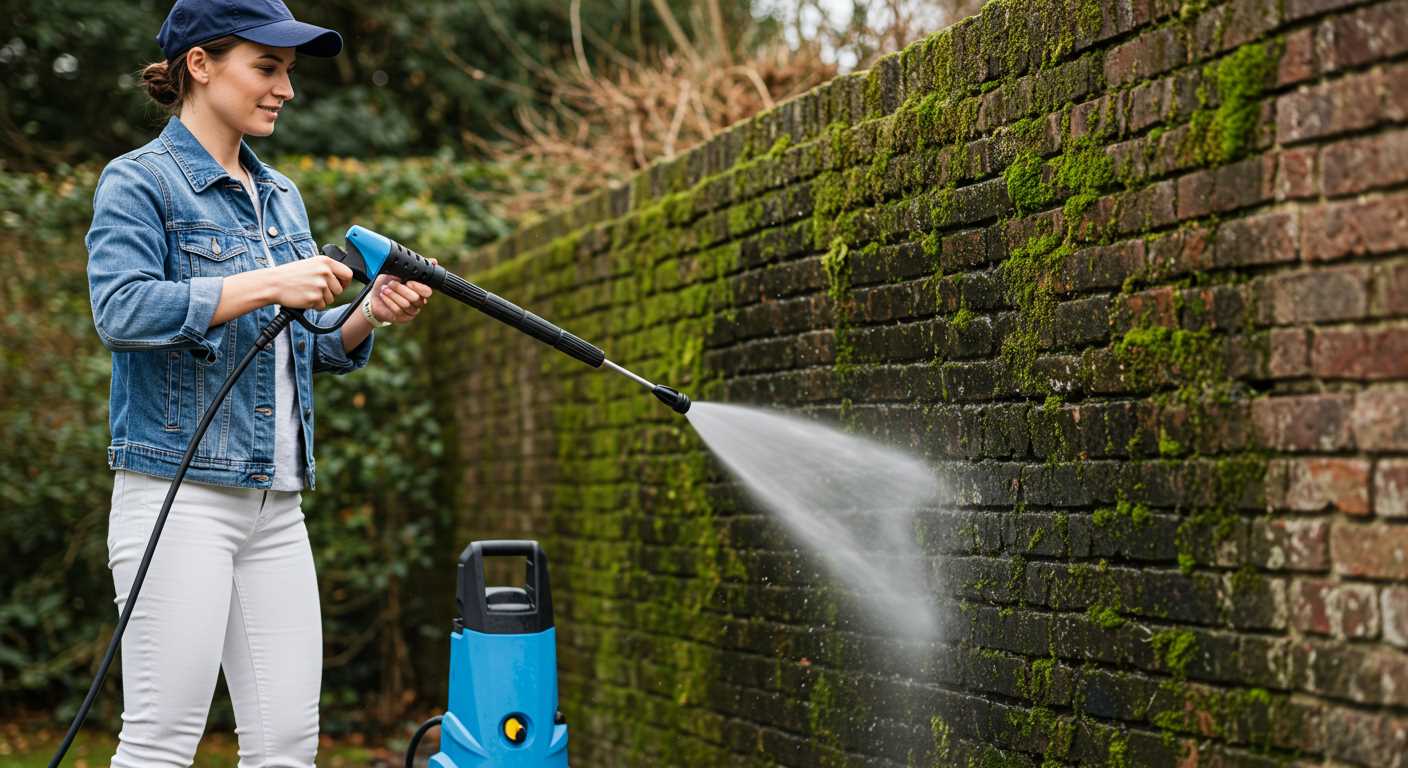
The pH level of a cleaning solution influences its interaction with dirt and surfaces. Alkaline cleaners break down organic materials such as oils and fats by saponification, making them ideal for kitchen surfaces. On the other hand, acidic solutions dissolve minerals, making them perfect for bathrooms or hard water stains.
pH Levels for Different Cleaning Tasks
| pH Level | Type of Cleaner | Best Use |
|---|---|---|
| 1-3 | Acidic | Rust and mineral deposit removal |
| 4-6 | Mildly Acidic | General bathroom cleaning |
| 7 | Neutral | All-purpose cleaning |
| 8-10 | Alkaline | Grease and oil removal |
| 11-12 | Highly Alkaline | Deep cleaning of heavily soiled surfaces |
Choosing the correct pH level not only enhances cleaning efficiency but also ensures that surfaces remain undamaged. Understanding these properties will lead to more successful and safer cleaning practices.
How to Dilute Cleaning Solution for Optimal Results
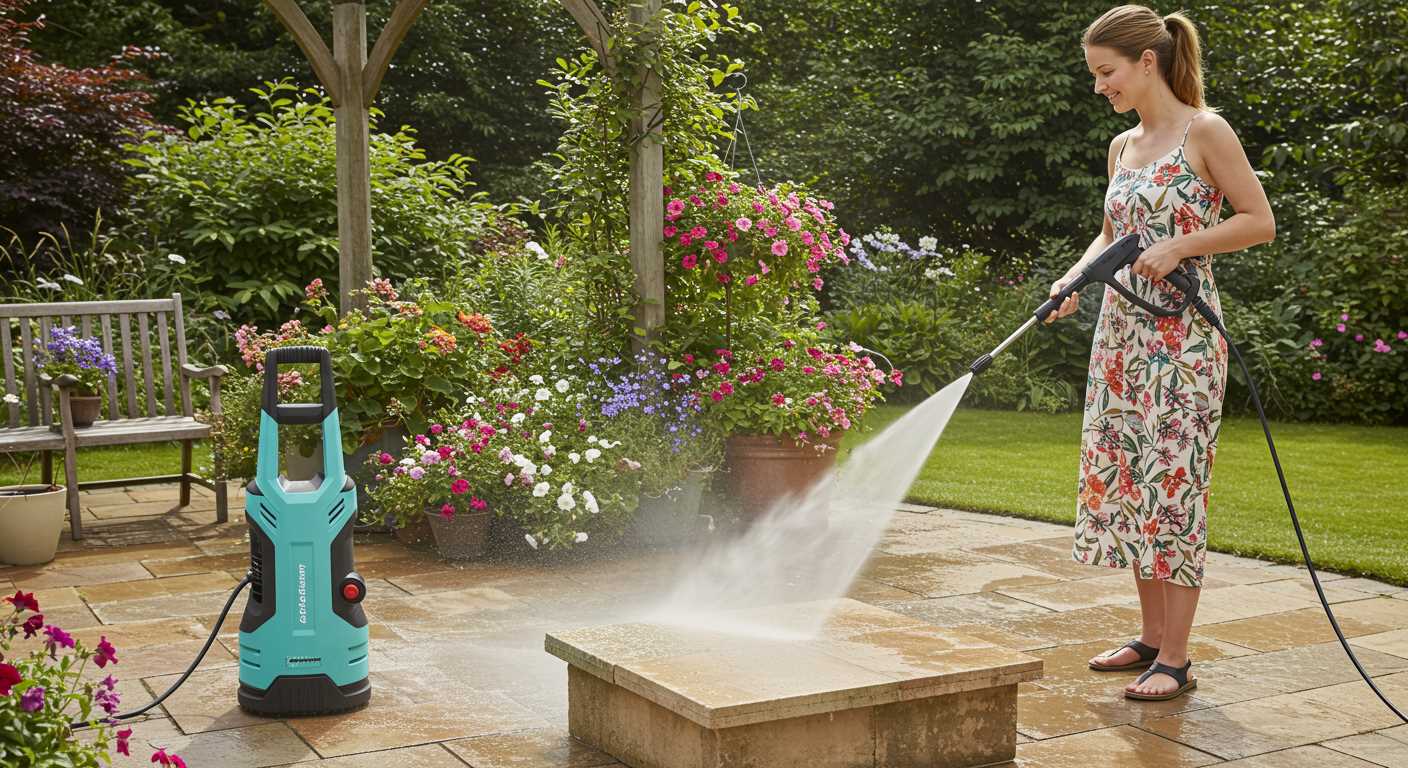
To achieve the best cleaning effectiveness, the ratio of water to the cleaning agent should generally be between 1:5 and 1:10. For instance, if your chosen mix instructs a 1:5 ratio, you would combine one part of the solution with five parts of water. This ensures the mixture retains sufficient strength to tackle tough grime while preventing surface damage.
Always refer to the manufacturer’s guidelines provided on the label of the product, as certain compounds may require specific dilution rates to be effective. If unsure, conducting a patch test on a small, inconspicuous area can help gauge the mixture’s performance without risking visible surfaces.
Using warm water can enhance the cleaning properties of many mixtures, assisting in the breakdown of oils and stubborn dirt. Ensure the water is not boiling, as excessive heat may alter the composition of the cleaning agent.
A mixing container with clear measurements can significantly aid in achieving the right proportions. After establishing the correct ratio, mix thoroughly to ensure an even distribution, allowing the solution to activate its cleaning agents effectively.
Lastly, pour the prepared mixture into the designated tank of your equipment, taking care not to exceed the maximum fill level to ensure optimal performance. The correct dilution not only maximises cleaning results but also extends the life of the equipment by preventing potential damage from concentrated mixtures.
Detergents to Avoid for Certain Materials
For painted surfaces, steer clear of any strong alkaline solutions. They can strip the paint and lead to extensive damage. Opt for pH-neutral alternatives, ensuring longevity and maintaining aesthetics.
Specific Materials to Consider
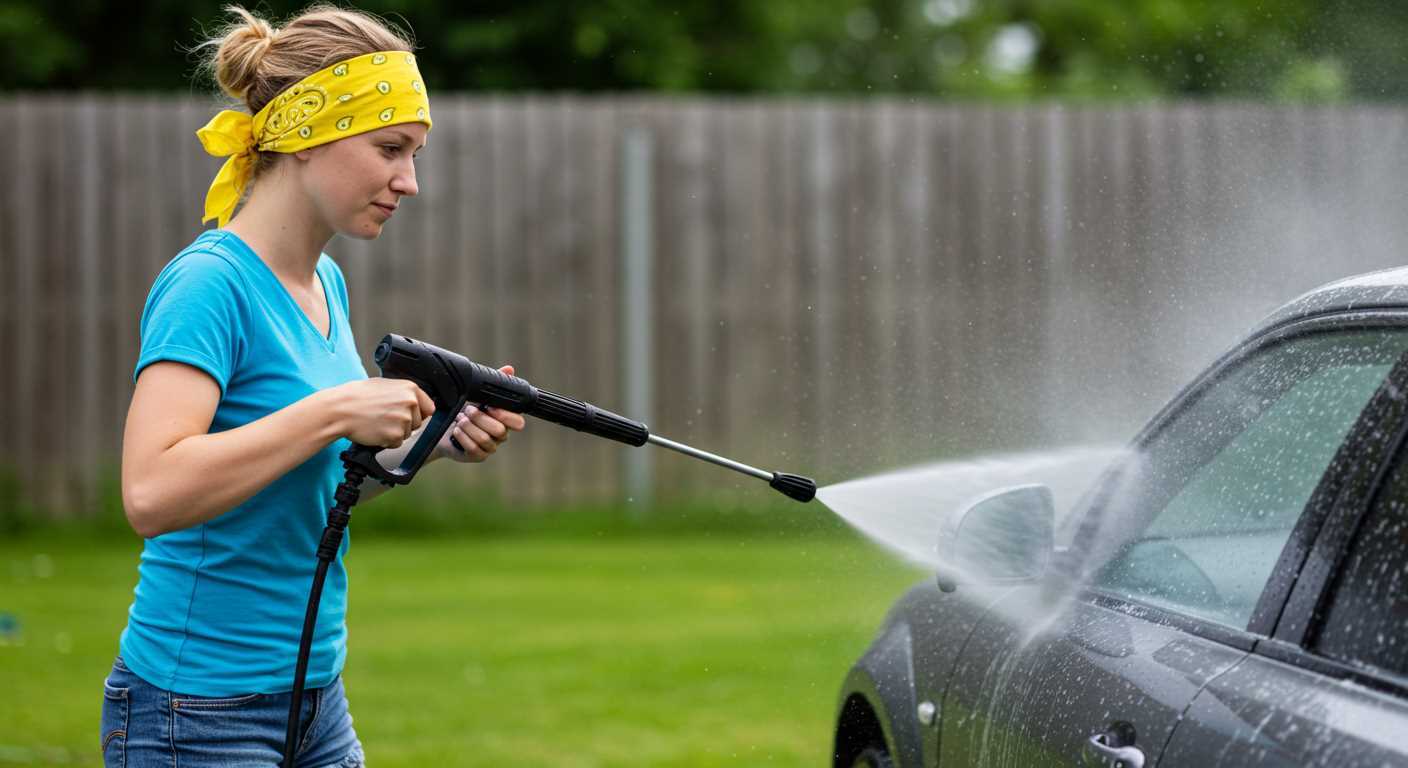
- Wood: Avoid any product containing bleach or harsh solvents. These can cause discolouration or damage the surface. Use biodegradable, wood-safe options instead.
- Glass: High-efficiency cleaners designed for oily residues can leave streaks. Stick to products formulated specifically for glass surfaces.
- Stone: Acidic solutions are a no-go. They can etch and dull natural stone finishes. Instead, select products designed for stone care.
Environmental Impact
Watch out for phosphates and surfactants in various cleaning agents. These can harm local ecosystems once they run off into drains. Look for biodegradable and eco-friendly options to mitigate this risk.
In my testing experience, knowing the material type and the chemical composition of a cleaner is paramount. This knowledge ensures effective cleaning without compromising surface integrity.
Safe Practices for Using Detergents with Pressure Cleaners
Always wear appropriate protective gear, including gloves and safety goggles, to shield against splashes and chemical exposure. Ensure the area is well-ventilated to avoid inhalation of fumes. If you are using a concentrated cleaning solution, dilution with water is critical–follow the manufacturer’s instructions meticulously to avoid overly concentrated mixtures that could harm surfaces or equipment.
Testing on a Small Area
Before applying any solution extensively, conduct a patch test on an inconspicuous area. This practice reveals any adverse reactions with the material being cleaned, ensuring compatibility and preventing damage.
Proper Storage and Disposal
Store cleaning agents in a cool, dry place away from direct sunlight, securing lids tightly to prevent leaks or spills. Dispose of leftover solution according to local regulations, avoiding pouring chemicals down drains unless confirmed safe.
Comparing Brand Options: Which Cleaners Stand Out?
When assessing different brands, two that consistently perform well are Kärcher and Simoniz. Kärcher’s offerings excel in certain applications, with formulations specifically designed for removing grease and grime from hard surfaces. Their products are tailored to work effectively with their machines, ensuring optimal results in cleaning strength.
On the other hand, Simoniz shines with its eco-friendly range. Their biodegradable options are gaining popularity for being both effective and less harmful to environments. Users appreciate the ability to clean without harming surrounding plants or wildlife, making Simoniz a strong contender for those prioritising sustainability.
Other Brands Worth Considering
For instance, B&Q’s own brand has garnered attention for affordability without significantly compromising quality. Ideal for homeowners seeking economical solutions, their products perform adequately for general cleaning tasks.
Another noteworthy mention is Nilfisk, which is known for highly concentrated formulas. Their products require less volume, making them cost-effective per use and appealing for those who seek versatility across various surfaces.
While selecting, consider your specific needs, such as the type of dirt, the surface being cleaned, and environmental impact. Each of these brands has strengths and weaknesses that can influence your cleaning outcome.
Ultimately, my previous experience suggests trying different brands based on personal needs and preferences to find the perfect match for your cleaning endeavours.








